Polaris Replaces Their Best Selling Ranger 900 Lineup With An Affordable Work Ready Big Bore
2020 is going to be a huge year for Polaris Off-Road. Along with a handful of other new machines, Polaris has just replaced their entire line of 900cc Ranger and Ranger Crew utility vehicles with bigger bore, better equipped, and more refined Ranger 1000’s. The all-new Ranger 1000 has been designed to provide the budget conscious consumer with truly usable big-bore power & torque, at a retail price of less than $16,000 Canadian.
ATV World jumped at the chance to come check out and drive this newest Ranger 1000 model, a few weeks before its release. The invite and press introduction took place at the Polaris R&D facility in Wyoming, MN. The plan was for a behind the scenes tour at how everything Polaris comes to be, and then an afternoon driving experience at Polaris’s on-site test riding facility. Our morning tour of the Polaris R&D facility was an eye opener to say the least. It had been about 6-7 years since the last time we’d toured this facility, and it has since doubled in size. Our tour guide was excited and proud to show us a handful of the really cool processes and technologies that have been recently introduced, and utilized to improve their final product.
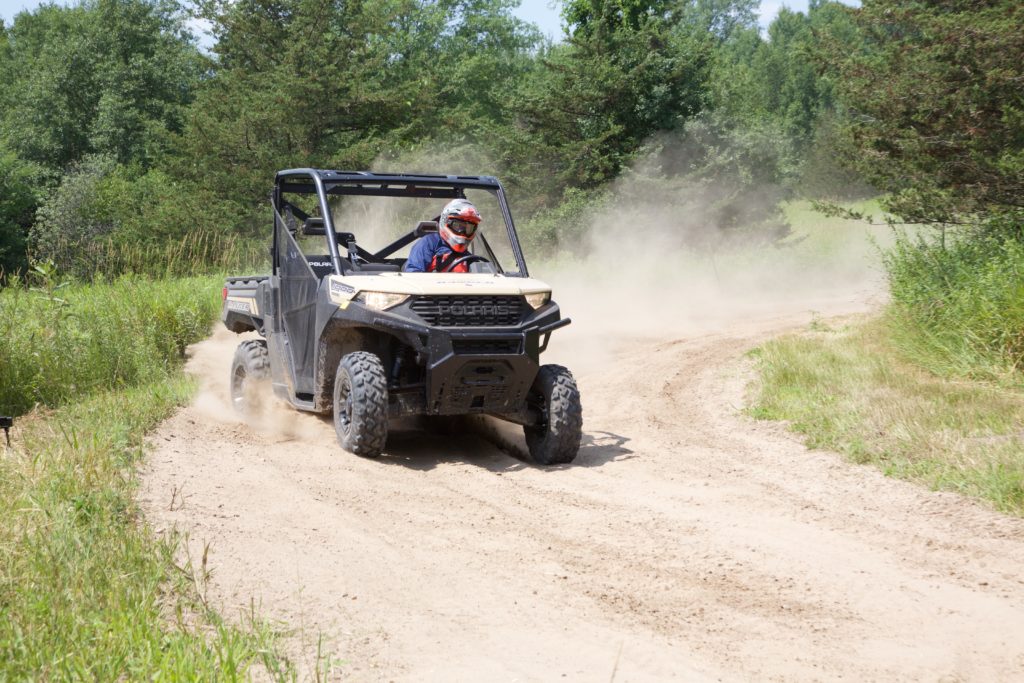
One massive department is filled with multiple different types of chassis and engine dynos that are constantly running to research and improve performance and long term reliability. Behind door number 2 you’ll find an equally impressive room with chassis shock dynos that provide countless hours of impacts, shocks, and vibrations to the individual vehicles. These massive machines replicate constant repeated trail impacts, and measuring shock loads with high-tech sensors, and recording data before failure. These “shock” dynos allow for changes/improvements to be made, and the same stresses to be replicated and applied to test the results.
Polaris R&D’s state of the art dyno and other testing equipment is impressive without a doubt, but there’s still no replacement for seat time and real human feedback. The Polaris R&D facility has this covered in a big way as well! The Wyoming site is built on a beautifully wooded, 600 plus acre property with creeks, hills, ditches, etc. A team of volunteer Polaris employees have cut, built and maintained a really extensive trail system complete with bridges, berms, rocky climbs and a handful of other obstacles as well. Polaris engineers can develop a product or make improvements and get real world testing feedback, literally right out the front door of the building. Our afternoon test ride for this new Ranger 1000 took place on a roped off portion of these very same in-house proving grounds.
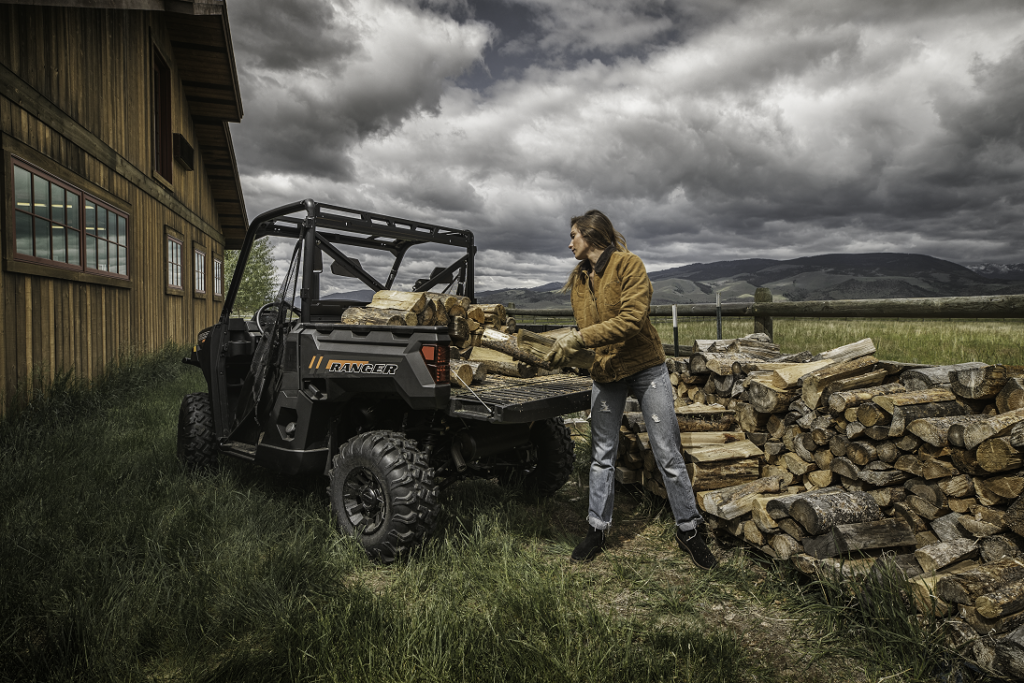
THE RANGER 1000
The 2020 Ranger 1000 has been built to replace the best-selling Ranger XP 900 with the capability to haul more, tow more, and flat-out last longer. This next generation of Ranger is engineered to work harder with increased comfort and convenience, offering the best possible value to this hard-working customer base. Polaris engineers developed the Ranger 1000 looking for the smoothest possible low speed drivability, with what they refer to as “big-work capability and ultra-smooth precision”.
The heart of this next generation Ranger is the new PROSTAR 1000 SOHC engine that has been optimized for smooth operation and low end pulling power. This new single, over-head cam engine is actually the exact same proven XP 1000 engine from the cylinders down, but uses the single over-head cam design to build more work friendly low-end power and torque, in comparison to the higher revving dual cam head. Polaris engineers combined this motor with their all-new Pro-PVTi clutch to produce peak toque nearly 3000 RPM lower than the Ranger XP100.
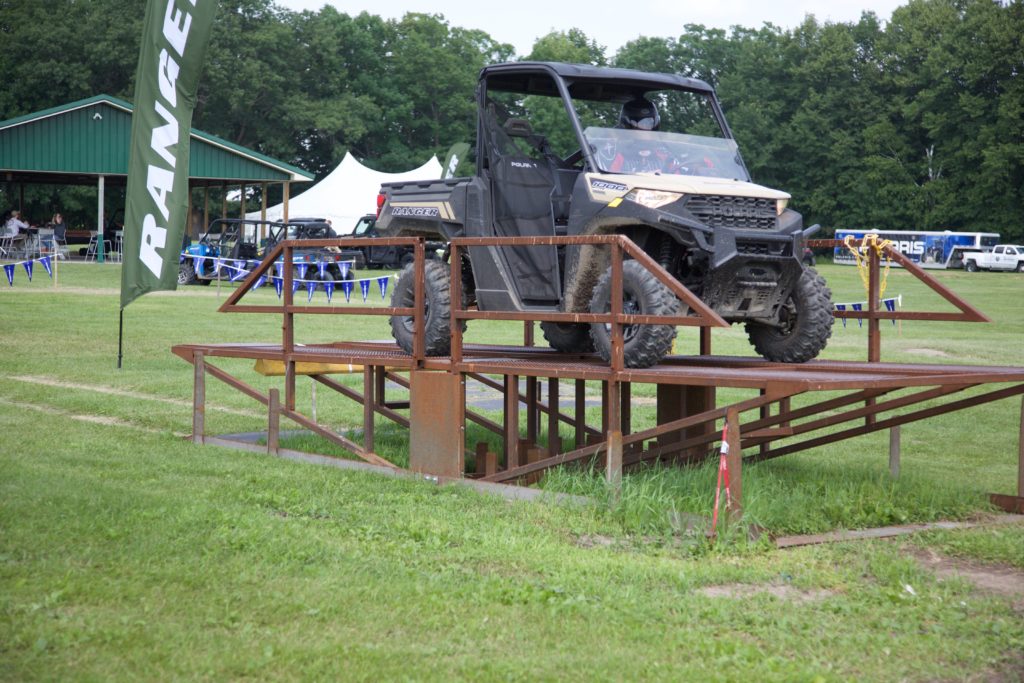
The new Ranger 1000’s ability to make an impressive 55 lb. ft. of torque at such low RPM makes for an incredibly capable hauling and working machine. Speaking to the “big-work capability” we mentioned earlier, this new Ranger 1000 features a class-leading 2,500 lb. towing capacity, and leads the industry with an impressive 1000 lb. box capacity. The Pro-PVTi clutch is set up to not only haul this much weight, but also provide smooth, seamless engagement for increased drivability at lower RPM and speeds.
This new engine and massive hauling capacities is really just the tip of the iceberg with the new Ranger 1000. It truly is a top to bottom new machine, from the new PXT 2 tires, to the headlights, to the new cargo bed. To complement the Ranger 1000’s 1000 lb. bed capacity, it gets a deeper cargo box with 10% more volume. The same more powerful brakes from the Ranger XP 1000 are used to ensure that you won’t have any issue stopping, with or without 2500 pounds behind you.
The new Ranger’s cab has been refined to near perfection as well. The 25% thicker seats are plusher and slightly bolstered to help keep you from sliding around, but flat enough for easy entrance and exit. As you slide into the new cab, you will notice the 5 more inches of egress space, and the floor is smooth and flat, all the way through to the passenger exit. Another industry leading capacity is the more than 70 liters of storage you will find in the new cab. Individual storage areas under both driver and passenger seats are a great place to store emergency accessories, tools, jackets, or spare clothes. We also liked the fact that there’s cupholders literally everywhere; both the Ranger 1000 and Ranger 1000 Crew have more cupholders than seats.
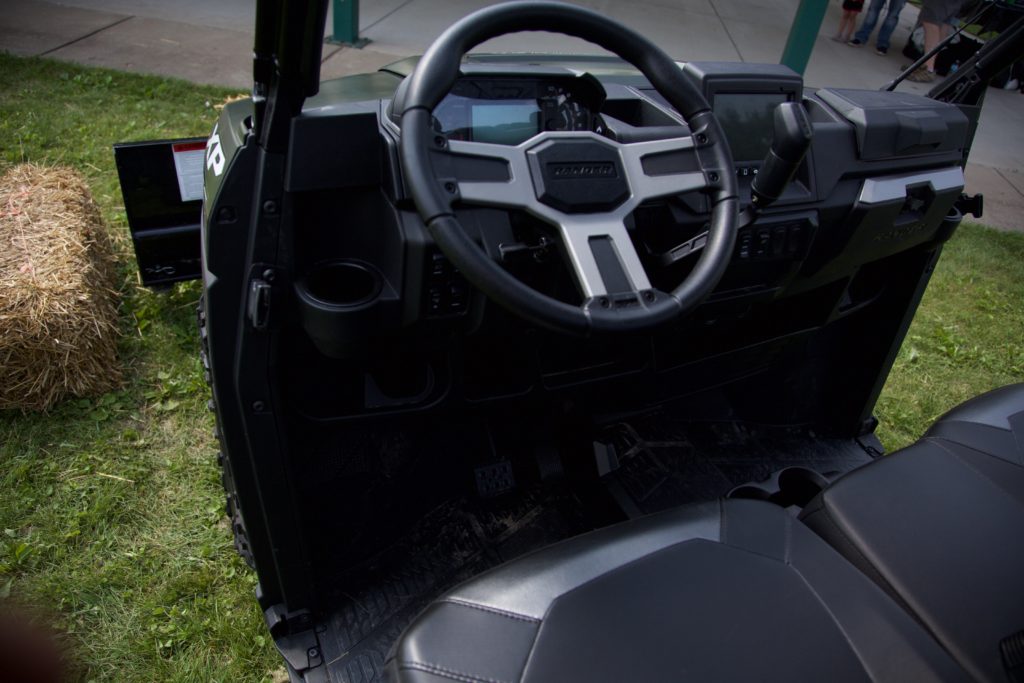
CHASSIS & SUSPENSION
The Ranger 1000 is built to last through generations of use and hard work. The new chassis is still a one piece design, but it’s 25% more rigid than previous generations. Fifty percent more protection from the front bumper and skid plate will keep the body and undercarriage in tip top shape for years to come. 10 inches of wheel travel and 12 inches of ground clearance is achieved with a dual A arm set up front and rear. The more premium EPS equipped models that we were tested came with 26” tires on cast aluminum wheels, and the base model gets the same 6-Ply PXT 2 Tires, but in a 25 inch size on black steel wheels.
Another key focus of the Ranger 1000 design was to provide easy access to user serviceable parts. Tilting up the hydraulically assisted dump bed provides wide open access to the engine and the massive new high capacity air filter. A quick release grill panel up front provides easy access to the radiator for cleaning and servicing. Removing the front hood panel uncovers a pre-wired, three-position Polaris Pulse electrical system that makes wiring in any accessories easier than ever.
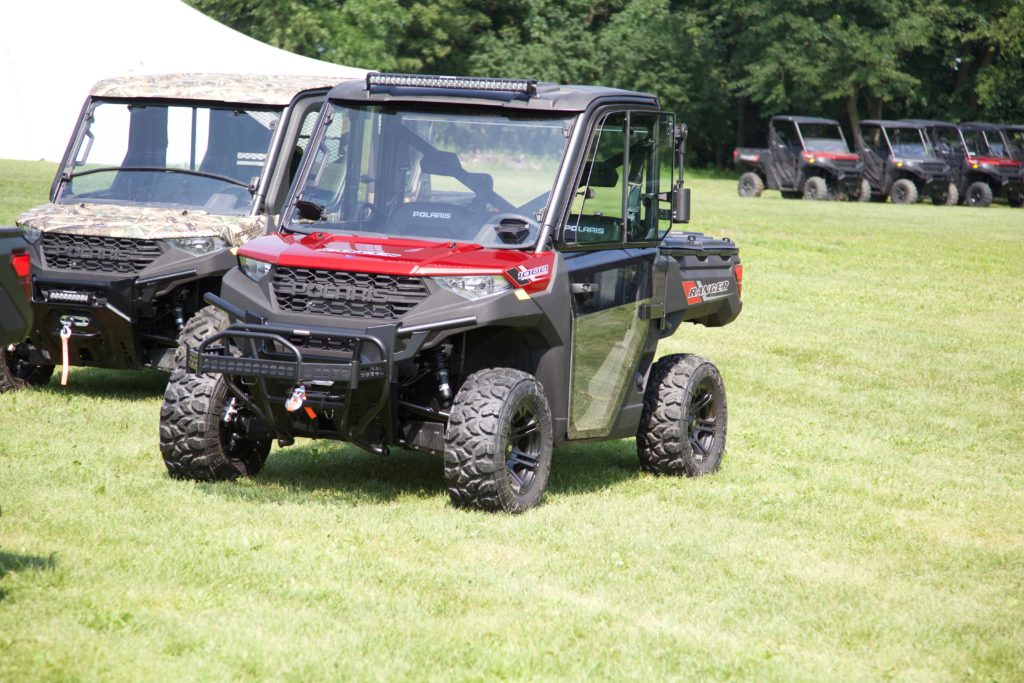
FACTORY CHOICE PACKAGES
New for 2020 as well, Polaris RANGER has introduced three all-new Factory Choice Packages that will elevate the Off-Road experience for certain types of users. These factory installed packages can really offer customers a machine that’s personalized for their intended use. The Back Country Package and the Ride Command package are only available for the XP 1000, but the new Winter Prep Package fits the new Ranger 1000.
Winter Prep Package Starts at $2500 CAN
Available for the Ranger 1000 and Ranger XP 1000 in both three-seat and CREW models, it’s designed to extend riding through the winter season by making it easy to install cab systems and accessories for plowing. The package includes a heater kit, 900 watt charging system, Polaris Pro HD 4,500-lb winch and a cab seal kit. This factory installed turn-key kit is ready for Pro Shield cab system components and a Glacier Plow System.

DRIVE TIME
Our facility tour and brief introduction to the Ranger 1000 was followed by a relatively short, test ride opportunity. To be completely straightforward, all of the machines available for our test drive were the second tier level (price point) machines, equipped with EPS and the 26 inch tires. Were all for EPS and definitely prefer driving with it at all times, but the price point on the EPS model is just north of 17K – about $1200 more than the base model. We all were to get about 4 hours with the machines, and the Polaris team had set up two different test loops within their onsite proving grounds. There were a few obstacles set up in the infield staging area, including log crossings, an over/under tunnel, and a teeter totter, before sending you off into the tighter wooded trails. The teeter totter obstacle was a unique challenge in itself. The objective was to stall it out in the middle, and it really showcased how smooth and seamless the clutch engagement is.
Leaving the infield and heading out into the forest, the trails get a lot tighter. The Ranger 1000 handling is stable, predictable and smooth, especially when speeds are kept within reason. Steering is very light, but still feels connected and precise enough to zigzag through the trees at 30-40 mph. Overall power is not overly impressive or exciting like an XP 1000, but there’s plenty of it. Acceleration is smooth and consistent with tons of low end grunt. It has no problem hauling @$$ either, but it just doesn’t rev like the DOHC motor. As you spend more time behind the wheel, you will realize that the Ranger 1000 does make great power, it’s just down lower in the power curve, and more suited for work applications than racing your buddies down the trail. Another thing you will notice is that it’s really quiet; conversations with your passengers can even be had without screaming at the top of your lungs.

We spent a little time driving aggressively for a few photos, and with proper coaxing, the Ranger 1000 can still spin the tires around a corner, or pop the front end up off of small obstacles. It has less travel than the XP 1000, and you can find the bottom of the shocks, but it takes some effort. Super aggressive driving is definitely not its focal point, but the suspension will take it, and it can still put a smile on your face. Shooting photos in the tight wooded trails required multiple U turns and three point turns. The Ranger 1000’s smooth power steering and improved turning radius is appreciated every time you turn back for another pic. Getting repeatedly in and out of the new Ranger 1000 will make you appreciate the extra 5 inches of egress space, especially if you’re a bigger person. The afternoon on the trails was a decent shakedown for the Ranger 1000, and we did get a small opportunity to tow a trailer around the infield. The Ranger 1000 excels with a loaded trailer; our sample was probably a lot less than 2500 pounds, but nevertheless, we were impressed by its ability to start and stop on the infield hill obstacles.
ATV WORLD FINAL THOUGHTS
The four hours of trail riding is not really what the Ranger 1000 is even about. Sure it was fun and can put a smile on your face if you want to recreate a little on your time off, but its calling is as a workhorse. Following in the Ranger 900’s footsteps as a workhorse is big shoes to fill. The Ranger 1000 has taken a great machine and refined it in so many ways. The new Ranger 1000 makes great, usable, low-end power, and can haul anything you could ever want around the ranch. It’s definitely not proven in four hours, but we’re pretty sure this vehicle will be extremely durable and withstand the test of time as intended. The Ranger 1000 is going to make a great fleet vehicle for large ranches, and will be equally as impressive for that small time rancher that needs one vehicle to do it all.

At $18,399 for a Premium equipped Ranger 1000 with EPS, 26” tires and aluminum wheels, you’re saving about $2200 off the price of a similarly equipped Ranger XP1000. If you get a base or middle tier model, the savings are even greater. If you’re looking for strictly a work vehicle, or if the bottom dollar is a major factor, the Ranger 1000 is your UTV. This 80-100% work vehicle is the Ranger 1000’s calling. If you’re looking for a machine to get the work done all week and double down as an exciting toy still on the weekends, this is where the XP 1000 is worth the extra couple grand. They are obviously very similar, yet drastically different machines. The new Ranger 1000 is going to make the more comfortable and capable work machine, the XP 1000 can get the work done, and will make a way more fun recreational vehicle, but it will also set you back a little further in the wallet.
SPECS: 2020 POLARIS RANGER 1000
ENGINE/TRANSMISSION
Engine type: Liquid cooled,
SOHC Twin Cylinder
Displacement: 999cc
Horsepower: 61 HP
Induction: Electronic Fuel Injection (EFI)
Starting/back-up: Electric
Air Filter: Paper Pleat
Transmission: PVT H/L/N/R/P
Drive Train: High Performance On-Demand True AXD/2WD/VersaTrac
Turf Mode
Power Steering: EPS available as upgraded model
DIMENSIONS/CAPACITIES/WEIGHTS
Fuel capacity: 43 liters (11.35 gals)
Wheelbase: 206 cm (81”)
Overall length/width/height: 305cm/158cm/193cm (120”/62.5”/76“)
Cargo Box Dimension: 93.3 cm x 137.8 cm x 31.75 cm (36.75-in x
54.25-in x 12.5-in)
Ground clearance: 30.5 cm (12”)
Claimed dry weight: 648 kg (1429 lbs.); EPS Models: 697 kg (1,537
lbs)
Storage: 24580.6 cubic cm. (1500 cubic in.)
Cargo Box Capacity: 453 kg (1000 lbs.)
Payload Capacity: 680.4 kg (1500 lbs.)
Hitch Towing Capacity: 1133 kg (2500 lb.)
ROLLING CHASSIS
Chassis: Dual-Phase grade steel
Cage: Profiled, ROPS approved cage
Suspension/wheel travel:
Front: Dual A-arm; 25.4cm (10”) of travel
Rear: Dual A-arm; 25.4cm (10”) of travel
Brakes/actuation:
Front: Hydraulic discs
Rear: Hydraulic disc
Tires:
Front: 25×10-12; 489 Premium: 26x9x12 PXT 2.0
Rear: 25×11-12; 489 Premium: 26x11x12 PXT 2.0
Wheels: 12-inch Stamped Steel on Std. and EPS, Black Aluminum
Xcelerator on Premium Edition
ELECTRICAL
Charging System: Polaris Pulse Electrical System
DC Outlet…12v Console & USB
Lighting:
Front:
Rear:
DETAILS
Colors Base Model: Sage Green, Solar Red EPS Model: Polaris
Pursuit Camo Premium: Sunset Red Metallic, Matte Military Tan, Matte Titanium
Instrumentation: 4” LCD Rider Information Center, User Selectable
Blue/Red Backlighting & Brightness, Programmable Service Intervals,
Speedometer, Tachometer, Odometer, Tripmeter, Clock, Hour Meter, Gear
Indicator, Fuel Gauge, Coolant Temperature, Voltmeter, Service Indicator and
Codes, Seat Belt Reminder Light, Gear Indicator, DC Outlet
Warranty: 6 Month Factory Warranty, and available up to 5 years
Transferable Polaris Protection Plan coverage
PRICE: STD $15,899, EPS $17,099, Premium $18,399 CAN
PRICE: STD $12,999 , EPS $13,999 , Premium $14,999 USD

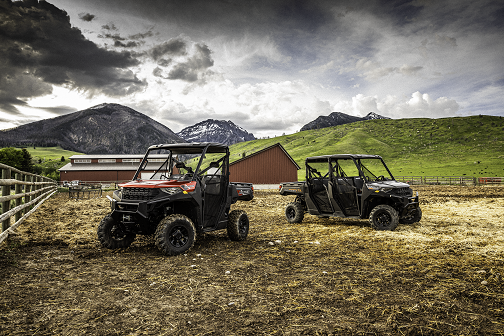


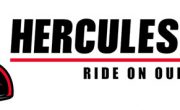




Can you be more specific about the content of your article? After reading it, I still have some doubts. Hope you can help me.
Awesome! Its really amaziing article, I
have got much clear idea regarding from this post. https://Www.waste-ndc.pro/community/profile/tressa79906983/